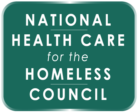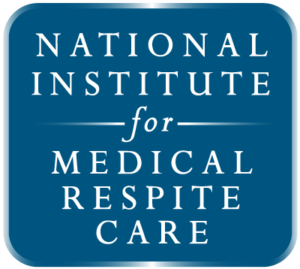Clinicians who work with homeless people with substance related disorders are aware of the critical need to provide appropriate, accessible, and effective treatment for individuals and families in their care. Unfortunately, much of the scientific research about treatment for substance use disorders does not sufficiently inform the distinctive characteristics of treatment required for people experiencing homelessness, many of whom have multiple, complex needs and often encounter significant barriers in receiving the services they need.
In April 2001, the Translating Research Into Practice (TRIP) Subcommittee1, a group of clinicians from
Health Care for the Homeless (HCH) programs and researchers working in the field of homelessness and
health care across the United States, decided to examine what comprises effective treatment for the people they serve. This resulted in the publication in June 2002 of a literature review “Substance Abuse Treatment: What Works for Homeless People?” by National HCH Council staff member Suzanne Zerger. The Subcommittee found that the literature, though valuable in many ways, did not sufficiently address what they considered to be most relevant to HCH practice, such as the importance of access to housing and providing comprehensive, well-integrated, client-centered services with uniquely-qualified staff.

